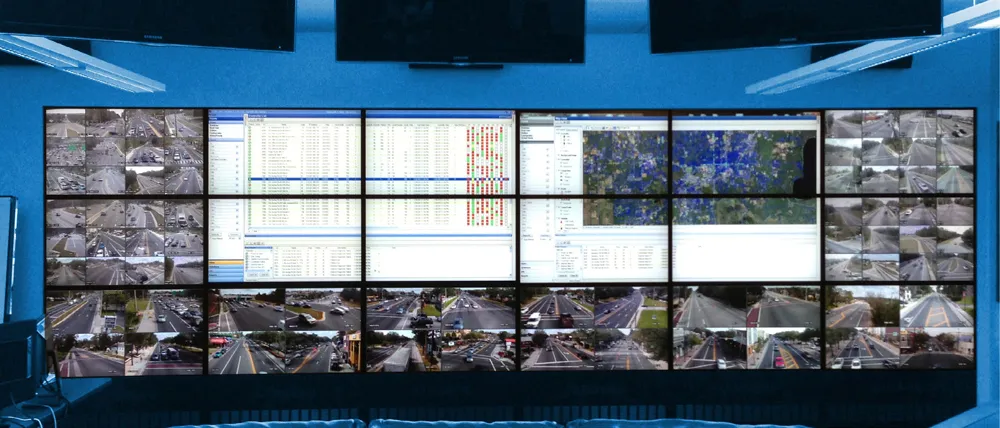Global Traffic Technologies (GTT) is to implement its Opticom traffic pre-emption solution at nine of the busiest intersections in the city of Inglewood in California.
Opticom works alongside intersection controllers to help ensure emergency vehicles can move through intersections rapidly and safely, and public transit vehicles can avoid delays and adhere to schedules.
When an emergency vehicle needs to navigate an intersection, the Opticom system on-board the vehicle sends a request to the intersect
February 17, 2017
Read time: 1 min
Opticom works alongside intersection controllers to help ensure emergency vehicles can move through intersections rapidly and safely, and public transit vehicles can avoid delays and adhere to schedules.
When an emergency vehicle needs to navigate an intersection, the Opticom system on-board the vehicle sends a request to the intersection’s controller ahead of its arrival, which turns the light green when it can do so safely, clearing a path to enable the vehicle’s expedited passage. If a public transit vehicle is running behind schedule, it can send a request for a green signal where possible.










